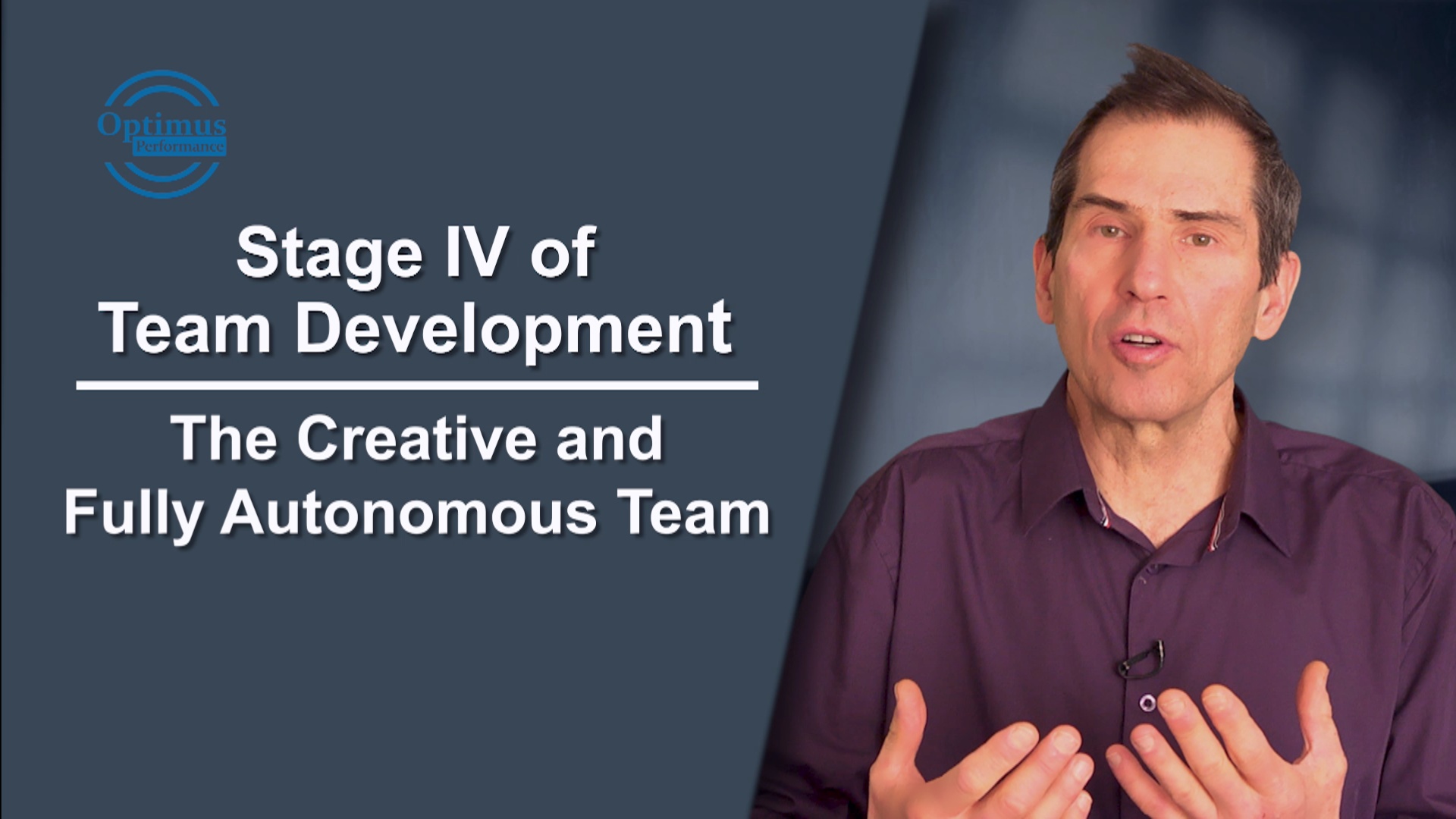Stage IV of Team Development: The Autonomous and Creative Team
At stage IV of team development, the team has evolved into an autonomous team that is practicing continuous improvement through creative problem-solving.
A team at this stage has reached operational maturity and are committed to achieving team goals. They are proactive to improve their performance by continuously looking for opportunities to solve problems that affect their productivity.
Continuous Improvement & Problem Solving
To practice continuous improvement through problem-solving, the team members need to learn how to facilitate problem-solving meetings. This means learning and applying facilitation techniques to lead groups in brainstorming, nominal group technique, force field analysis and other problem-solving techniques. Having effective meetings is crucial to keep team members engaged in these types of activities.
Relationships
Teamwork and high team spirit are evident at this stage. Team members know what’s expected of them and assume their responsibilities. Trust level among members is high. The team has worked through conflicts and have learned to apply good interpersonal communication skills to function at this higher level.
Additional skills
Practicing continuous improvement and having problem-solving meetings will require presenting recommendations to management to get approval to act. Thus, team members need to learn presentation skills, so management can easily see the benefits of the recommendations of the team.
Success
It’s important at this stage to celebrate success. Goals are being achieved and people are performing at a high level. Team members need to develop the habit of giving positive recognition and feedback to each other.
The leader’s role
As the team becomes more autonomous they take on many management responsibilities and so the leader’s role evolves. The leader now has more time for coaching the team and individual team members and to work on strategic planning and special projects.
